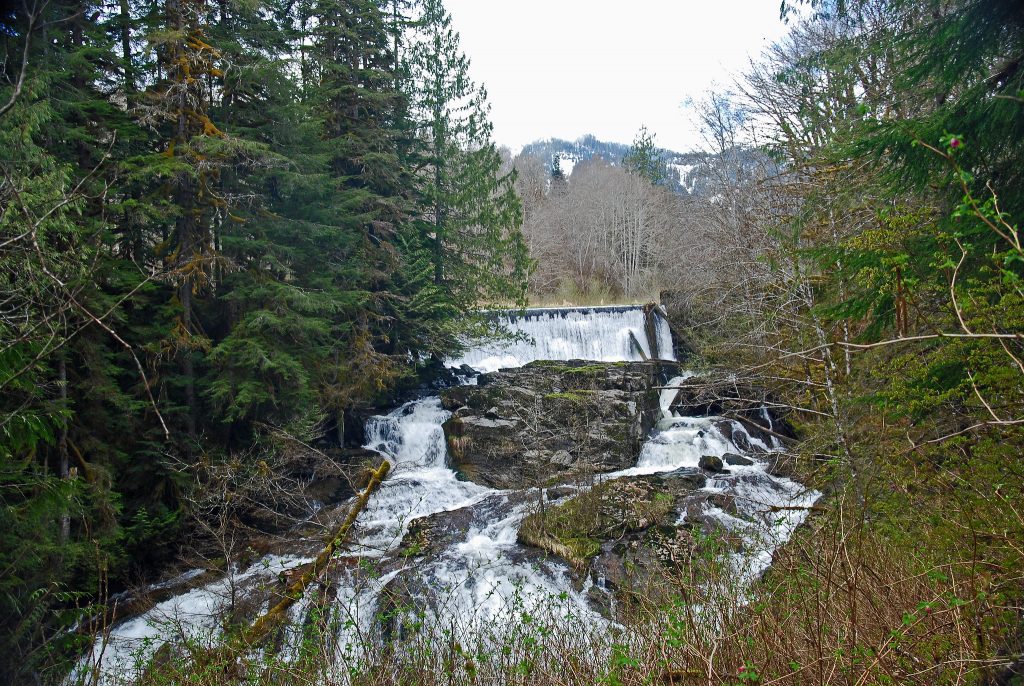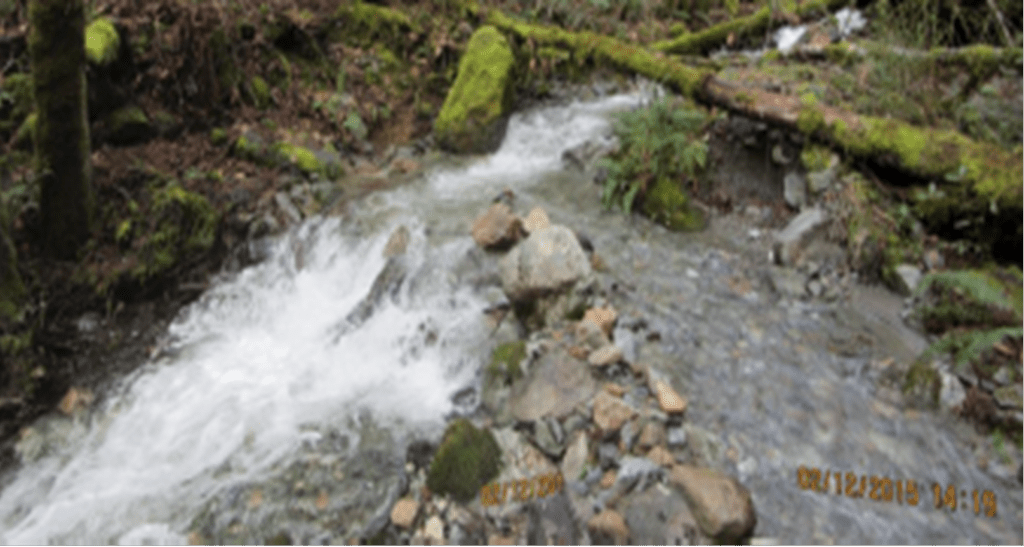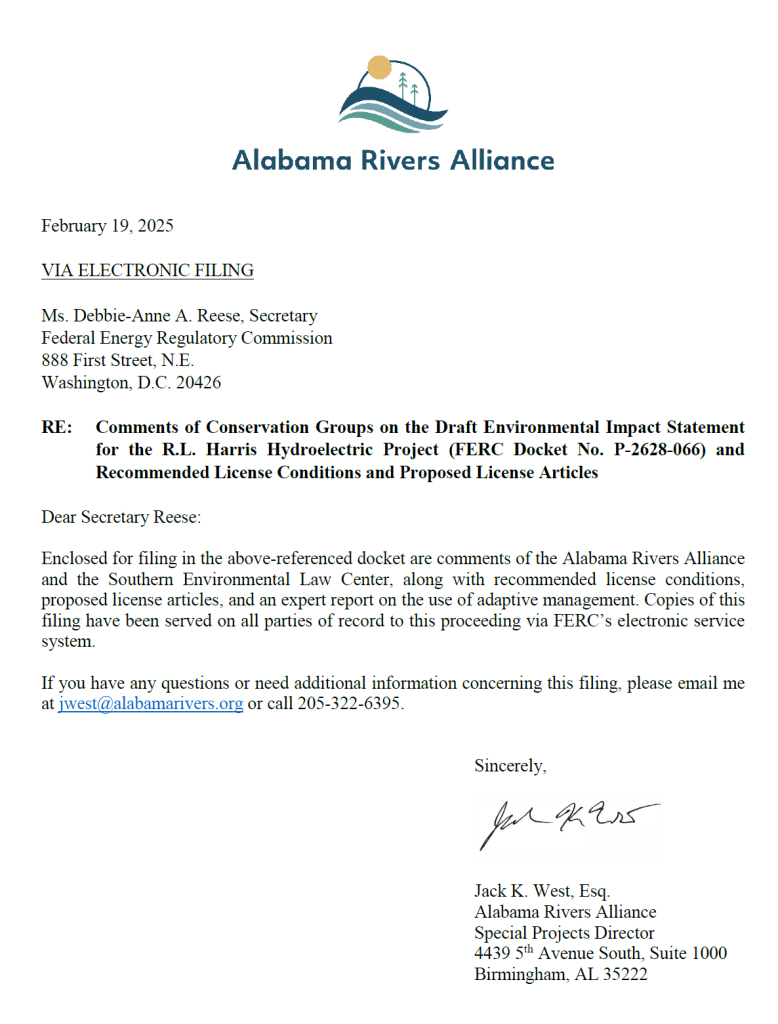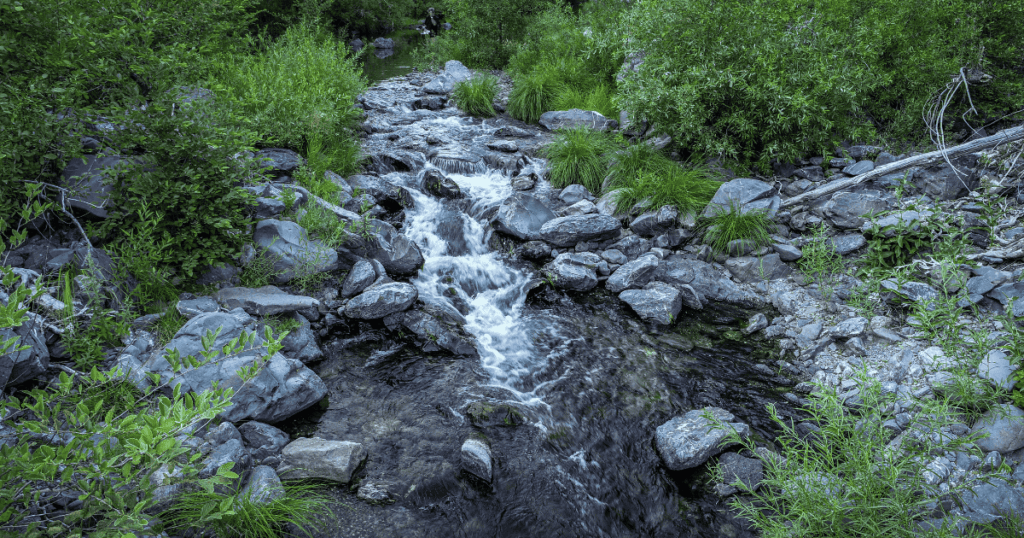
Dam owners would like us to believe that hydropower is a “clean” technology. The truth is that outdated dams hurt rivers.
Imagine that someone built a power plant that set your heater to 97 degrees year round, randomly cut off all of your water for hours or days on end, and placed a giant impassible wall through the center of your home, making it impossible for you to get to the kitchen or your bedroom.
Would you call this clean energy?
All power generation – including energy generated from renewable sources – impacts local ecosystems and communities. There is a tendency, however, to turn a blind eye to these impacts and treat all renewable technologies as unconditionally good because they do not emit greenhouse gases. Renewable power must be sited, designed, and operated in a manner that also protects the local ecosystem.
Hydropower dam operations are responsible for the extinction[1] and near-extinction[2] of a number of species, and are a major contributor to the significant loss of aquatic biodiversity. Hydropower plants often divert water around entire sections of river, leaving them dry, or worse, constantly alternating between unnatural drought and flood-like conditions.[3] Hydropower dams have flooded forests (causing the irretrievable loss of carbon sinks), damaged entire fisheries, and diminished recreational opportunities, and decimated the local – mostly rural – economies that depend on those resources.
Hydropower dams are are a significant source of water pollution. Scientists and legal scholars have long acknowledged that hydropower dams cause pollution by altering the temperature[4]and chemical makeup[5] of water that is impounded behind and released through dams, harming the biological integrity of river ecosystems.
Worse, the cumulative impacts of multiple hydropower dams are often much greater than the simple sum of their direct impacts. Even a very small single dam can entrain fish,[6] block fish passage and displace wildlife[7]. A series of dams can severely impact an entire watershed[8], even if each of the individual dams seems relatively low impact when considered in isolation.
The extent of this damage can be much greater when combined with a whole host of other threats to rivers: poor water quality, a growing demand for scarce water, encroaching urbanization, and poor land-management decisions.
We must encourage the development of low emissions energy sources, but this development must be protective of our natural environment. Projects must be sited and operated in a responsible manner so that they will not impede the ability of communities to enjoy their hometown rivers and the substantial economic benefits they provide for river recreation and healthy fish and wildlife populations.
[See our Dam Effects resource for a more visual explanation on how hydropower dams can impact rivers and ecosystem.]
Many of America’s hydropower dams were built in the early part of the 20th century, using 19th century technology. Many of these dams have never had to live up to modern environmental standards.
These dams are choking the life out of our rivers. And that’s bad news for the people, local economies, and critters that need healthy rivers to survive and thrive.
Here’s the good news: it’s possible to have a healthy river without giving up valuable hydroelectric power.
[1] Pringle, Catherine M. Mary C. Freeman, and Byron J. Freeman (2000). Regional effects of hydrologic alterations on riverine macrobiota in the new world: Tropical-temperate Comparison, BioScience, Vol. 50 No. 9, pp. 807-823.
[2] National Marine Fisheries Service (yr) Status of Sacramento River Winterrun Chinook Salmon, 59.
[3] Richter, Brian D., Ruth Mathews, David L. Harrison, and Robert Wigington (2003) Ecologically Sustainable Water Management: Managing River Flows for Ecological Integrity, Ecological Applications, Vol. 13, No. 1, pp. 206-207.
[4] Abell R. (1994) San Juan River Basin Water Quality and Contaminants Review, 78- 79.
[5] EPA (1989) Dam Water Quality Study: Report To Congress.
[6] FERC (2004) Evaluation of Mitigation Effectiveness at Hydropower Projects: Fish Passage.
[7] V.J. Santucci et al. (2005) Effects of Multiple Low-Head Dams on Fish, Macroinvertebrates, Habitat and Water Quality in the Fox River, Illinois, 25 North American Journal of Fisheries Management, pp 975-992.
[8] University of California (1996) Sierra Nevada Ecosystem Project Report, pp. 125.



